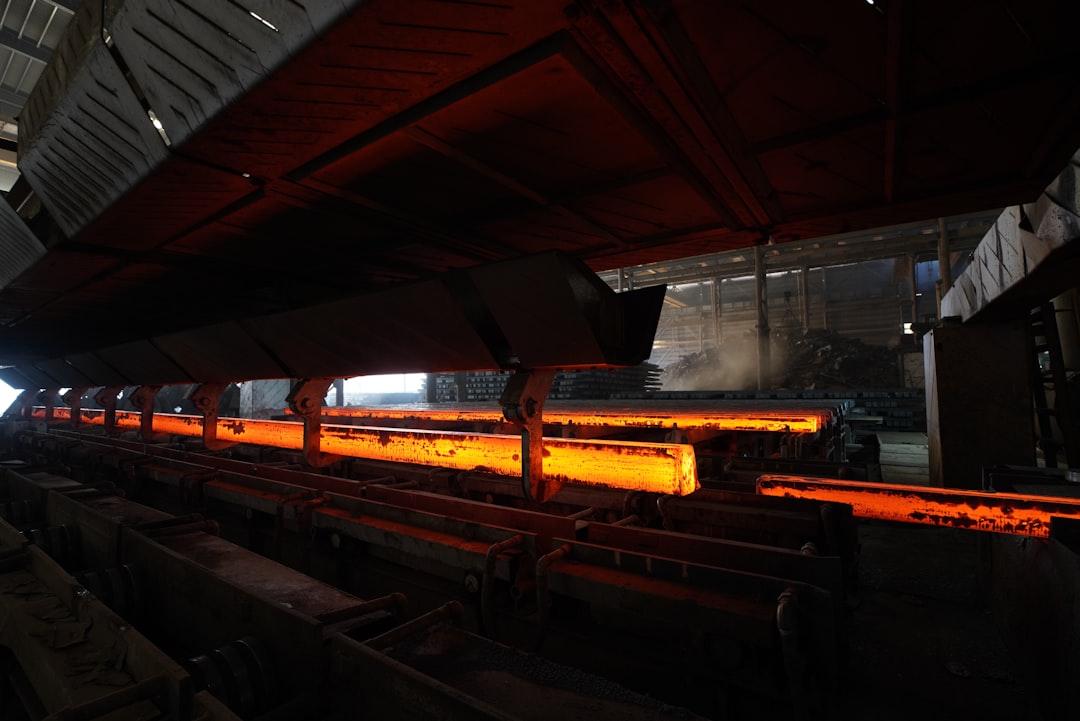Modular steel system solutions are revolutionizing construction, industrial, and commercial projects worldwide. Their adaptability, speed of construction, and cost-effectiveness are driving widespread adoption. This comprehensive guide explores the key aspects of these innovative systems, providing insights for architects, engineers, contractors, and anyone interested in efficient and sustainable building practices.
1. The Design and Engineering of Modular Steel Systems
Modular steel systems are based on the principle of prefabrication. Steel components, such as columns, beams, and decking, are manufactured off-site in a controlled factory environment. This precise manufacturing process ensures high quality and consistency. Designs are created using sophisticated Computer-Aided Design (CAD) software, allowing for detailed planning and optimization. The modular nature allows for easy customization and scalability, adapting to various project requirements. Engineers carefully consider factors like structural integrity, load-bearing capacity, and seismic resistance during the design phase. The standardized components simplify assembly and minimize on-site work, reducing construction time and labor costs. Furthermore, the design process incorporates detailed connection methods, ensuring a secure and stable final structure. The use of Building Information Modeling (BIM) further enhances the design process, allowing for greater collaboration and coordination among stakeholders.
2. Advantages of Choosing Modular Steel System Solutions
Modular steel systems offer a multitude of advantages over traditional construction methods. The most significant benefit is the **speed of construction**. Prefabrication drastically reduces on-site construction time, leading to faster project completion and earlier occupancy. This accelerated timeline translates to significant cost savings, particularly in labor costs. Another key advantage is **cost-effectiveness**. The precise manufacturing process minimizes material waste and reduces labor hours. The standardized components also simplify logistics and transportation, further contributing to cost efficiency. **Sustainability** is another compelling factor. Steel is a highly recyclable material, making modular steel systems an environmentally friendly choice. The reduced on-site construction also minimizes waste generation and environmental disruption. **Quality control** is significantly enhanced through factory-controlled manufacturing, resulting in a higher-quality final product with fewer defects. Finally, the **flexibility and adaptability** of modular steel systems allow them to be easily customized and reconfigured, making them suitable for a wide range of applications.
3. Diverse Applications of Modular Steel Systems
The versatility of modular steel systems makes them applicable across a broad spectrum of industries and projects. In the **construction industry**, they are used for everything from residential buildings and commercial structures to high-rise buildings and industrial facilities. The speed and efficiency of modular construction are particularly beneficial for large-scale projects. In the **industrial sector**, modular steel systems are ideal for creating workshops, factories, warehouses, and storage facilities. Their durability and strength make them well-suited for demanding industrial environments. The **commercial sector** also benefits from modular steel solutions, with applications ranging from office buildings and retail spaces to hotels and restaurants. Modular systems offer flexibility in design and layout, allowing for the creation of customized spaces to meet specific business needs. Furthermore, modular steel systems are increasingly used in the **infrastructure sector**, for applications such as bridges, pedestrian walkways, and other supporting structures.
4. Cost Considerations and Lifecycle Analysis of Modular Steel Systems
While the initial cost of modular steel systems might seem higher compared to traditional construction, a lifecycle cost analysis reveals significant long-term savings. While the upfront costs associated with design and prefabrication are higher, the reduced construction time, labor costs, and material waste translate to substantial savings over the project’s lifespan. Furthermore, the durability and longevity of steel structures contribute to reduced maintenance and repair costs. Factors influencing the overall cost include the complexity of the design, the size and scale of the project, and the location of the construction site. A thorough cost analysis should consider all aspects, including material costs, labor costs, transportation costs, and potential delays. It is crucial to work with experienced contractors and engineers to develop an accurate cost estimate and ensure efficient project management.
5. Future Trends and Innovations in Modular Steel System Solutions
The future of modular steel system solutions is bright, with ongoing innovations driving further advancements. The integration of **smart technologies**, such as sensors and IoT devices, is enhancing the monitoring and management of modular structures. This allows for real-time data collection and analysis, improving operational efficiency and safety. **Sustainable practices** are becoming increasingly important, with a focus on using recycled steel and incorporating renewable energy sources. Advances in **design and engineering** are leading to more complex and aesthetically pleasing modular structures. The development of **advanced joining techniques** is further improving the speed and efficiency of assembly. Furthermore, the increasing use of **off-site manufacturing and automation** is streamlining the production process, reducing costs and improving quality. These advancements are making modular steel systems an even more attractive and sustainable option for a wide range of construction projects.
Tags: Modular Steel, Steel Construction, Prefabricated Buildings, Modular Building Systems, Sustainable Construction




